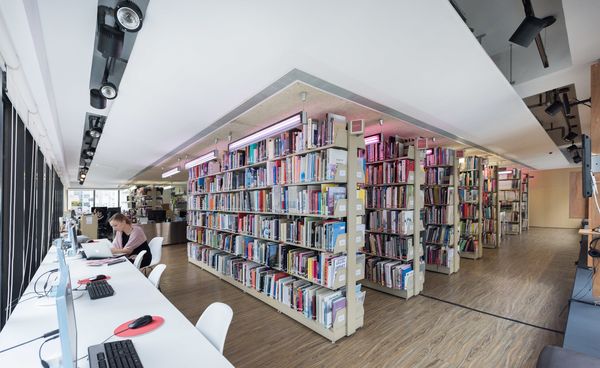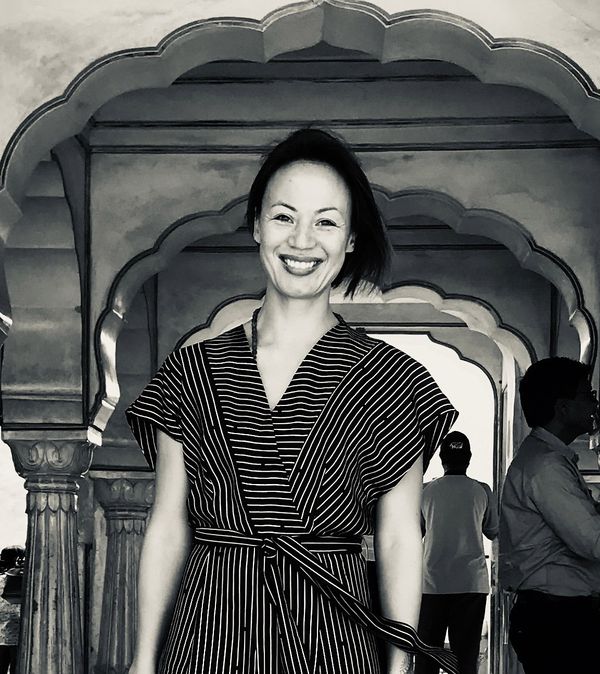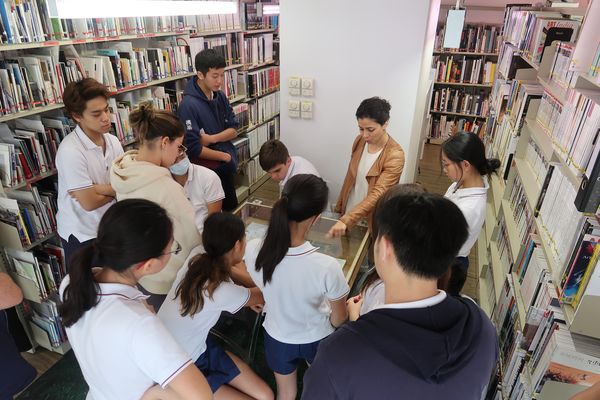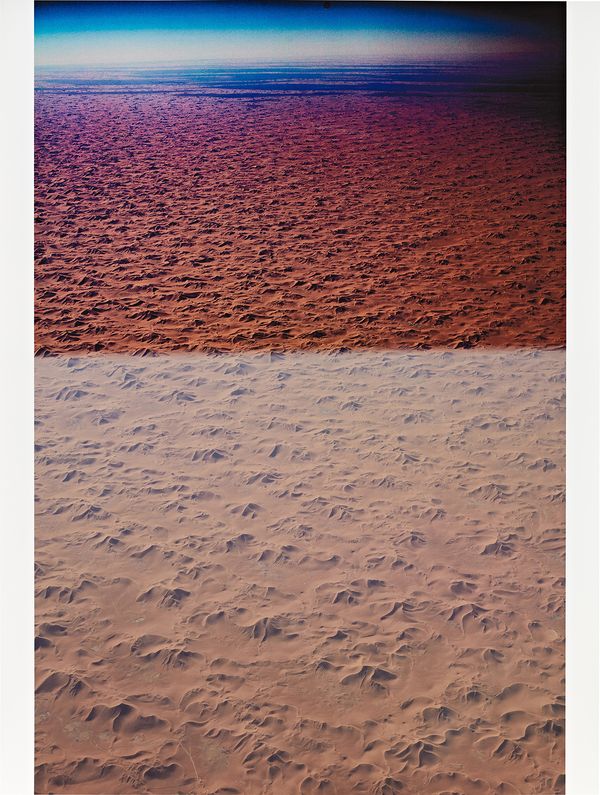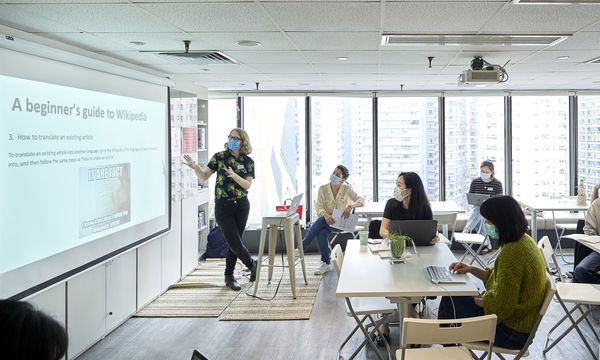Image: Asia Art Archive Library. Photo: Kitmin Lee.
Claire Hsu founded Asia Art Archive in 2000, as part of an effort to document and preserve valuable art historical knowledge from the region as a whole. Over the past two decades, the organization has built a dedicated community through events, scholarship, grants and residencies, all of which have made Asia Art Archive a leading arts charity in Hong Kong and beyond. Phillips is proud to support Asia Art Archive, particularly in this uncertain time, and will be donating all net proceeds from the online sale of Wolfgang Tillmans' Sahara Reflex, 2018, to the organization. We sat down with Claire to learn more about her organization's mission and growth over the last 20 years.
Asia Art Archive founder Claire Hsu.
PHILLIPS: Why did you found Asia Art Archive? What did you hope it would add to the art historical discourse at large?
CLAIRE HSU: In 1999 while doing my Masters in Art History at the School of Oriental and African Studies it soon became clear that the unprecedented events happening in the art scene in China were not being addressed in classrooms, nor public art institutions. I was fortunate to intern with Johnson Chang who was an incredible resource for my research and in conversation we decided that it essential a not-for-profit organization be set up to record, share and make sense of the recent history of art from Asia. I moved back to Hong Kong from London in 2000 and that's what I and a lot of incredible other people have been doing since.
Image: School tour at Asia Art Archive Library, 2019. Courtesy of Chinese International School.
P: This year is Asia Art Archive’s 20th anniversary. What are some of your proudest accomplishments over those two decades? Have you found that the organization’s mission has changed at all in that time?
CH: The mission of AAA has not changed over time, if anything it has become better articulated to address the many gaps within the writing of art history globally. Our greatest achievements have been to grow and activate a digital and physical collection of material recording the often invisible voices within the art scene that is 100% free and accessible to all. The idea of generosity is at the core of what we do, and the generosity of the community throughout these past two decades is the reason we have been able to not only survive, but to grow and flourish. The fact that AAA is used in high schools across Hong Kong, and university art history classrooms across the world, as well as the friendships and partnerships we have grown is what keeps us motivated on a daily basis.
Wolfgang Tillmans Sahara Reflex, 2018. Estimate: HKD50,000-70,000. Offered in REFRESH:RELOAD.
P: How is your home base of Hong Kong influence Asia Art Archive? What is unique about being in that particular city?
CH: Hong Kong’s geographic position in South China, recent history as a British colony and even more recent history as a special administrative region of China, provides us with many different lenses from which to see the world. Hong Kong is a generous place and the community is willing to come together to support organizations like Asia Art Archive.
Image: Workshop Art+Feminism: Wikipedia Edit-a-thon 2020, A Space. Photo: Winnie Yeung@iMAGE28. Courtesy of M+.
P: How, if at all, have your goals or priorities for 2020 shifted under the global challenge of the COVID-19 pandemic?
CH: It has been a time to slow down, listen and reflect on the responsibilities we have as custodians of this incredible collection - to ensure that it can continue to grow and be shared in the public domain. The pandemic has also made clear how much of our work is still possible in the digital realm as AAA’s model is in fact very digitally orientated and this is an area we will continue to grow.
It has also been a time to closely examine how we allocate resources and to ensure we prioritize work that is core to our mission. It is going to be a bumpy financial journey ahead and so while we have good governance in place, donations like this are crucial to our work. So thank you!
P: Looking ahead, are there any future projects that you’d like to share with us?
CH: As we mark our 20th anniversary between now and Spring 2021, we investigate and pay tribute to the many teachers and schools that have contributed to what we think of as contemporary art from Asia. Through a series of public programs called Life Lessons, we will look into different models of education led by artists. We ask what some of the most influential things they learned have been and how they have passed on this knowledge to others. Given the current crisis, there has never been a better time to come together to imagine new ways of being and learning together.
Learn more about Asia Art Archive >
